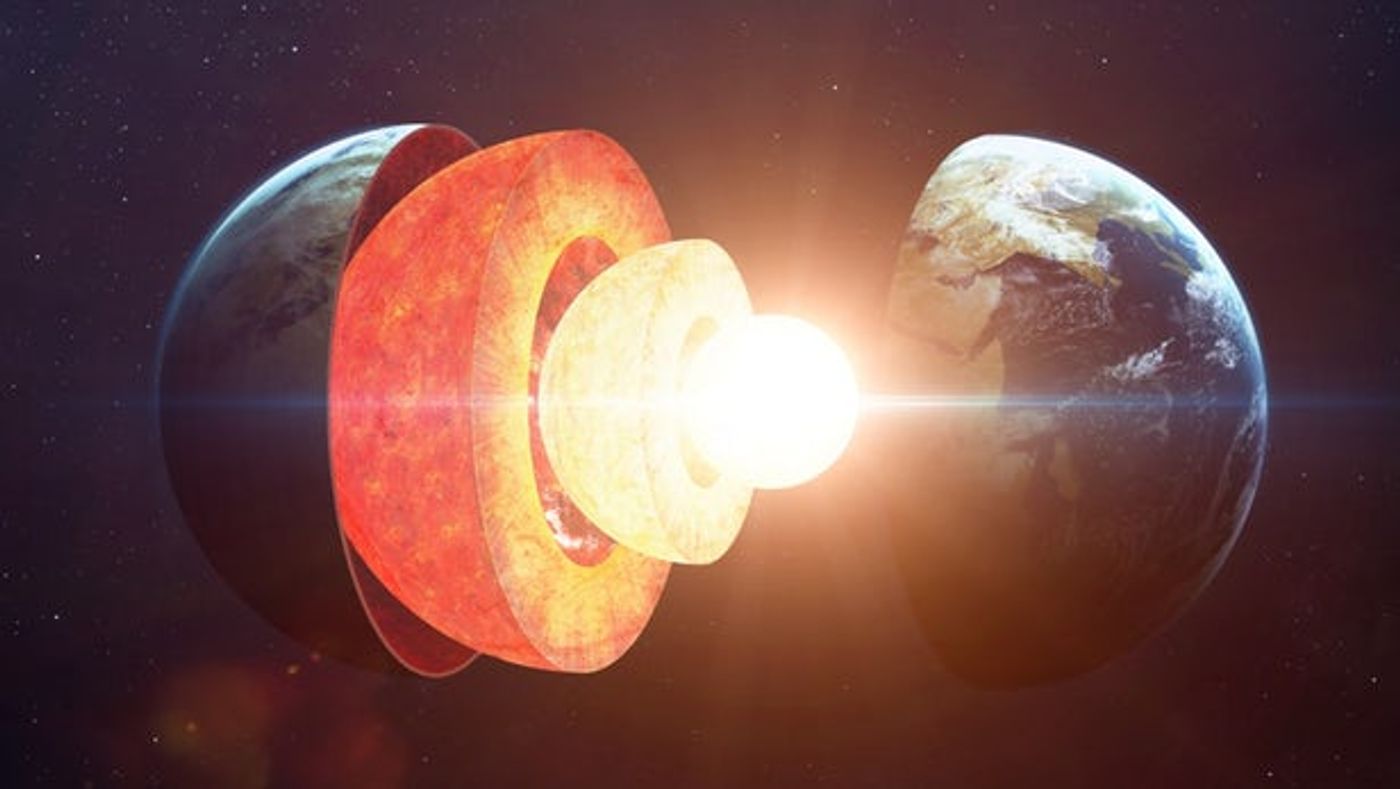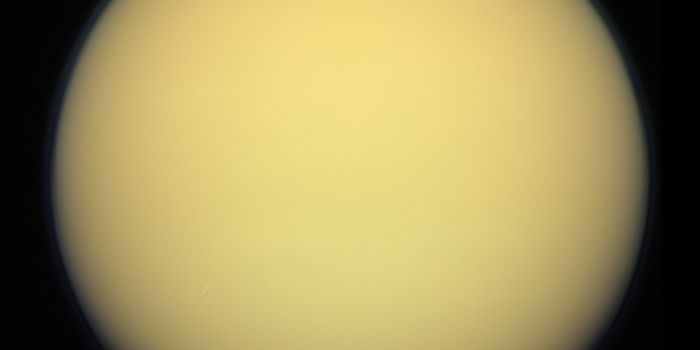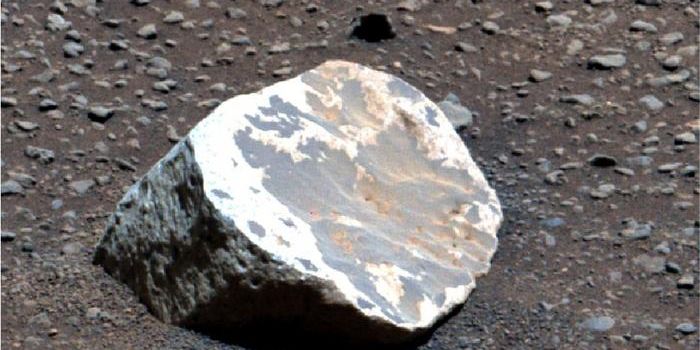Earth's inner core confirmed solid
New research published in the journal Science from scientists at The Australian National University (ANU) may change the way we think about planet Earth. Using a unique method to detect “J waves,” researchers Hrvoje Tkalčić and Than-Son Phạm believe they have proved that our planet’s inner core is solid. Scientists first predicted that the inner core was solid in the 1930s and 40s but until now global seismology has yet to be able to prove the hypothesis.
J waves refer to a type of shear wave that travels through solid objects. The shear waves that typically come from Earth’s inner core are so small that it’s nearly impossible to detect them. But that’s just what Tkalčić and Phạm did.
By correlating different types of seismic phases (a method called correlation wavefield), the researchers were able to detect the speed of shear waves in Earth's inner core. But what exactly does wavefield correlation mean? Essentially the researchers analyzed the similarities between the signals at two receivers after a major earthquake, rather than the direct wave arrivals, according to Science Daily.
"We're throwing away the first three hours of the seismogram and what we're looking at is between three and 10 hours after a large earthquake happens. We want to get rid of the big signals," Tkalčic explained. "Using a global network of stations, we take every single receiver pair and every single large earthquake -- that's many combinations -- and we measure the similarity between the seismograms. That's called cross-correlation, or the measure of similarity. From those similarities, we construct a global correlogram -- a sort of fingerprint of the Earth."
The information we could learn from this discovery is vast. Scientists might soon be able to identify the inner core’s exact temperature and age, as well as determine how quickly it solidifies. The detection of the J waves finally sheds light on the question of our planet’s history.
"We found the inner core is indeed solid, but we also found that it's softer than previously thought," said Hrvoje Tkalčić. "It turns out -- if our results are correct -- the inner core shares some similar elastic properties with gold and platinum. The inner core is like a time capsule, if we understand it we'll understand how the planet was formed, and how it evolves."
Though the significance of understanding this might not be clear to the average person, to a geologist this is a big deal. "The understanding of the Earth's inner core has direct consequences for the generation and maintenance of the geomagnetic field, and without that geomagnetic field there would be no life on the Earth's surface."
Sources: Science Daily, Science









